Elevating Data Analytics: Turning Insights Into Measurable Impact
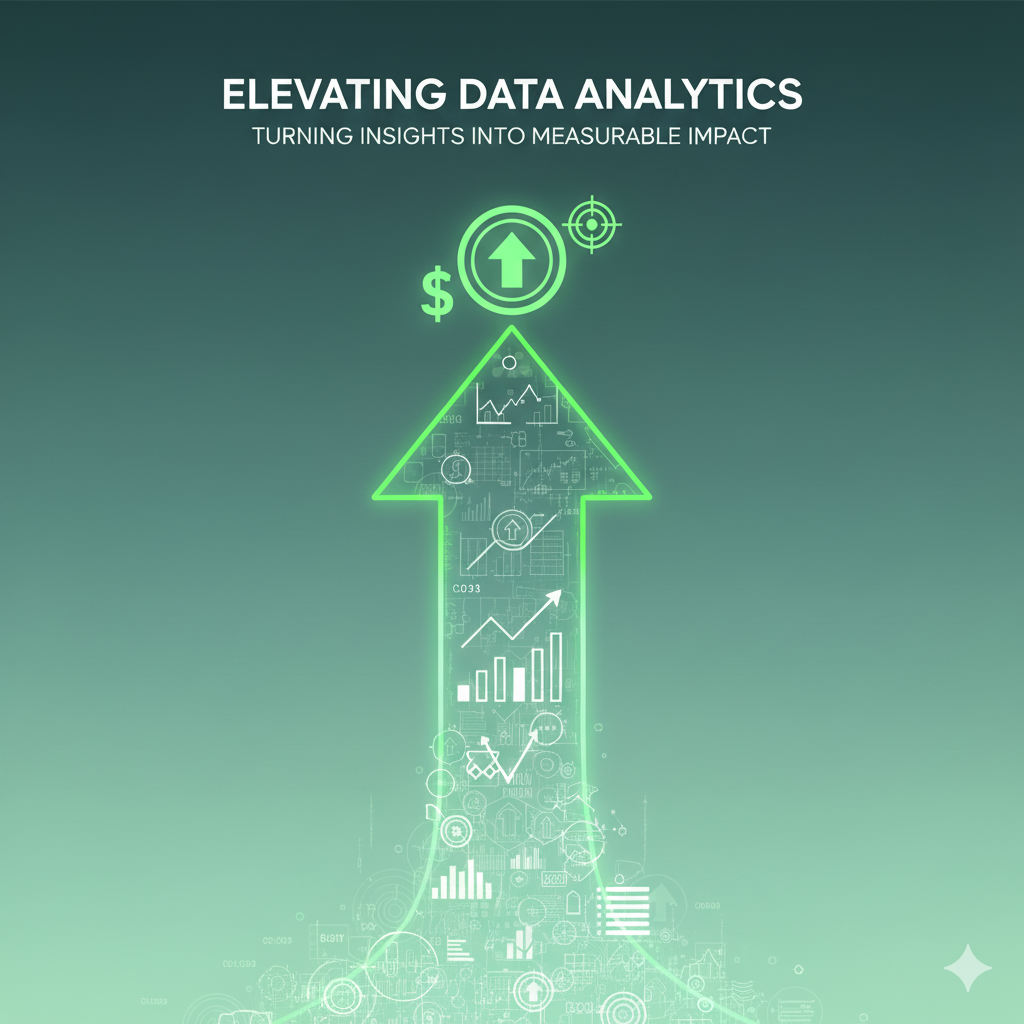
Elevating Data Analytics: Turning Insights Into Measurable Impact
In today’s data-driven organizations, success isn’t determined by how many dashboards you produce or how technically sophisticated your visualizations are. The true measure of analytical excellence lies in delivering insights that drive measurable, positive change.
As certified data professionals, we’re not just storytellers of data — we’re translators of evidence into action. That means going beyond charts and reports to craft insights that help teams identify opportunities, solve problems, and make smarter decisions.
Here’s how you can elevate your analytics work and ensure your insights consistently deliver value.
1. Move Beyond Reporting — Explain the “Why” Behind the Data
Strong analysis starts with accurate reporting, but great insights explain why the numbers look the way they do.
For instance, imagine a Key Performance Indicator drops 20% in a month. Noticing the drop is step one — understanding why it happened is where real value emerges.
Ask the critical follow-up questions:
-
Was there a change in process or staffing?
-
Did an unexpected event disrupt operations?
-
Were new tools, systems, or policies introduced?
Curiosity is the analyst’s most underrated skill. Techniques like the Five Whys or Fishbone (Ishikawa) analysis can help teams move past surface-level symptoms and identify true root causes.
When you provide context — the story behind the metric — your insights become not just descriptive, but diagnostic and strategic.
2. Focus on Actionable Insights
Once you’ve uncovered context, the next question is: What can we do about it?
Actionable insights guide teams toward decisions that drive improvement. To get there, analysts must understand the difference between two common sources of variation in performance data:
-
Special Cause Variation: Unplanned, exceptional events — such as system outages or supply disruptions. These can’t always be prevented, but proactive planning (like backup systems or contingency workflows) helps minimize their impact.
-
Common Cause Variation: Normal fluctuations within a stable process — such as daily workload differences or seasonal trends. Addressing these can improve consistency, efficiency, and output quality over time.
Focusing analysis on controllable, repeatable causes enables sustainable improvement rather than reactionary problem-solving. The most effective analysts don’t just identify what went wrong — they help prioritize what’s worth fixing.
3. Define Success Through Measurable Change
A great data insight isn’t complete until it’s validated by results.
To confirm whether your recommendations are making an impact, build a measurement plan into the implementation process. Frameworks like the Plan-Do-Study-Act (PDSA) cycle are particularly useful. They emphasize:
-
Planning the change and defining success metrics,
-
Doing the intervention,
-
Studying the before-and-after data, and
-
Acting on what’s been learned to refine the next cycle.
This structured approach connects data insights directly to business outcomes — ensuring your analysis contributes to real, demonstrable improvement.
4. Cultivate a Continuous Insight Practice
Developing impactful data-driven insights is a discipline, not a one-time effort.
As analytics professionals, we should continuously strengthen both our technical proficiency (e.g., modeling, visualization, automation) and our soft skills (e.g., curiosity, collaboration, communication).
Working closely with cross-functional teams helps align insights with strategic goals. When analysts participate in the problem-solving process — not just data delivery — they become true partners in performance improvement.
This mindset shift transforms analytics from a reporting function into a strategic intelligence capability — one that supports evidence-based decisions at every level of the organization.
5. The Professional Advantage: Ethics, Rigor, and Context
For organizations pursuing certification through the Certified Data Intelligence Professionals Society (CDIPS), the goal extends beyond technical mastery. It’s about cultivating an analytical culture rooted in integrity, accountability, and context-driven insight.
A CDIPS-certified professional approaches analytics with rigor — validating sources, questioning assumptions, and ensuring that insights are transparent, reproducible, and ethically sound.
That standard of professionalism is what separates good analysts from great ones: a commitment to using data responsibly to guide measurable, meaningful change.
Key Takeaways
-
Go beyond the “what” to uncover the “why.” Provide the context that gives data meaning.
-
Make insights actionable. Focus on controllable factors that lead to measurable results.
-
Validate impact. Build measurement and evaluation into every change effort.
-
Adopt a continuous improvement mindset. Great analysis evolves through iteration and learning.
-
Prioritize ethics and integrity. Ensure every data-driven insight aligns with professional standards and organizational goals.
By combining analytical expertise with curiosity and judgment, you can turn data into decisions — and decisions into outcomes that matter.
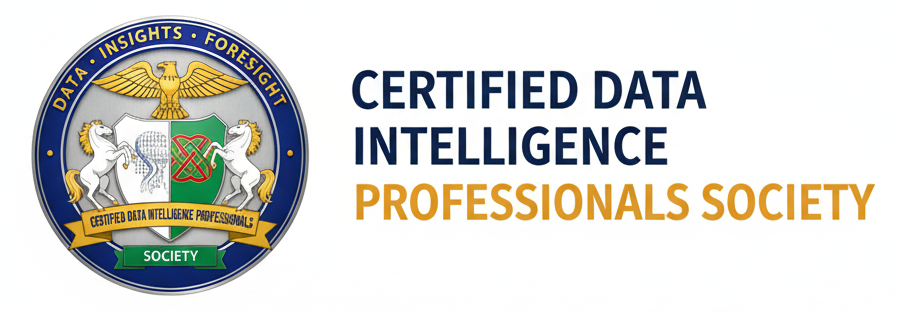
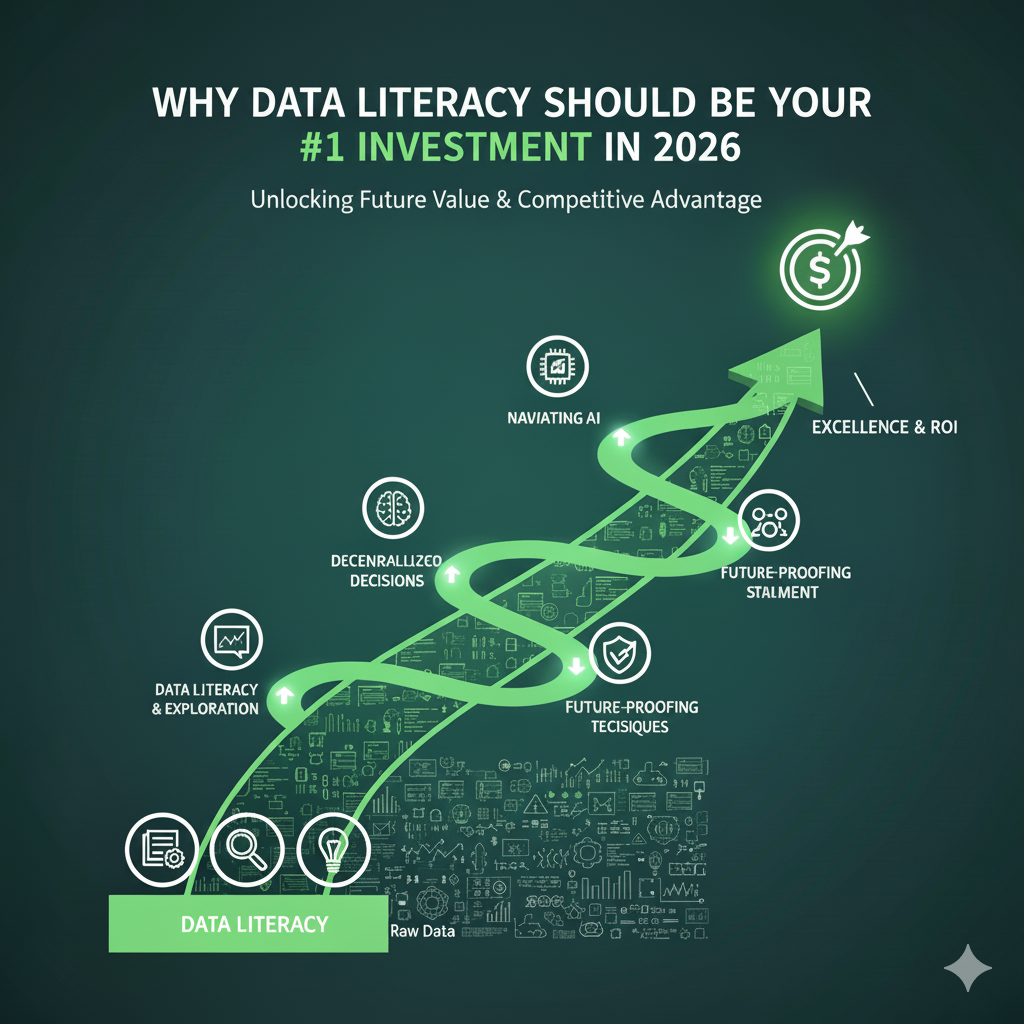
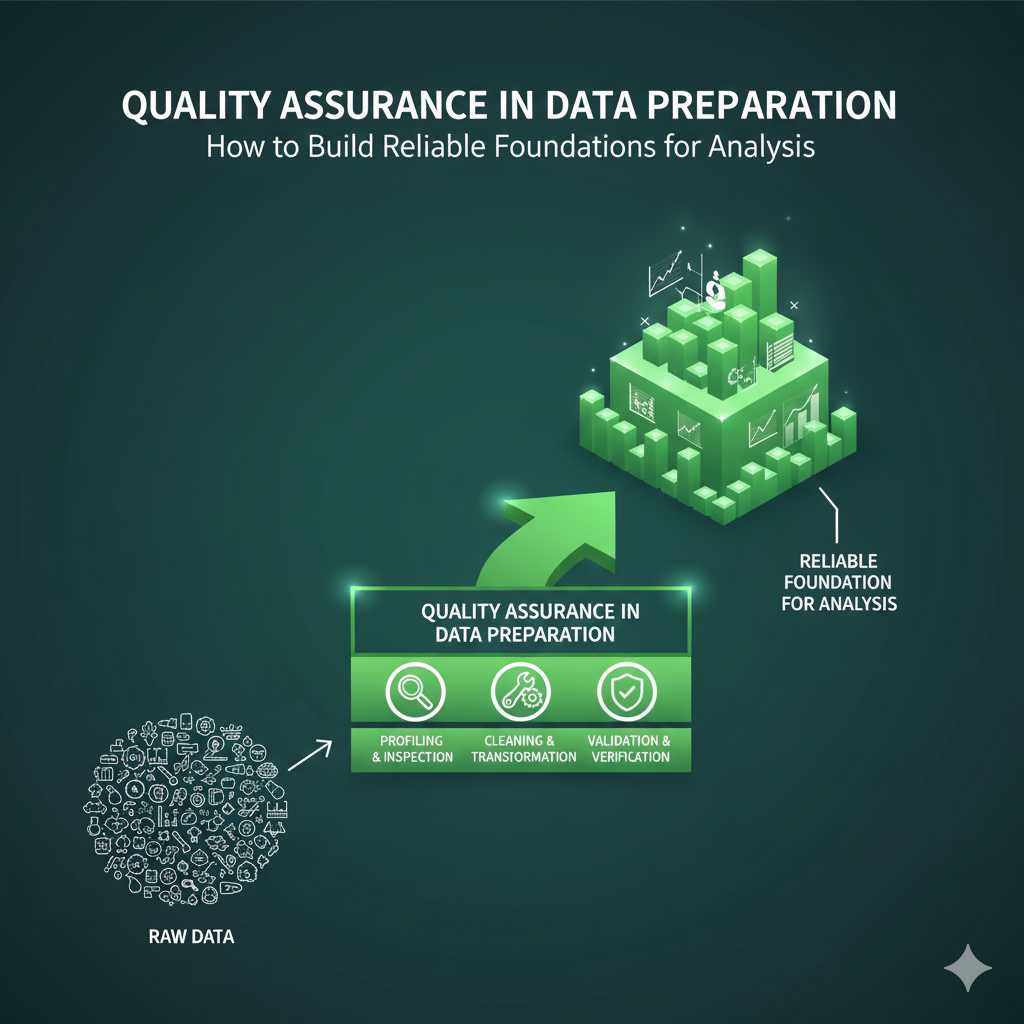
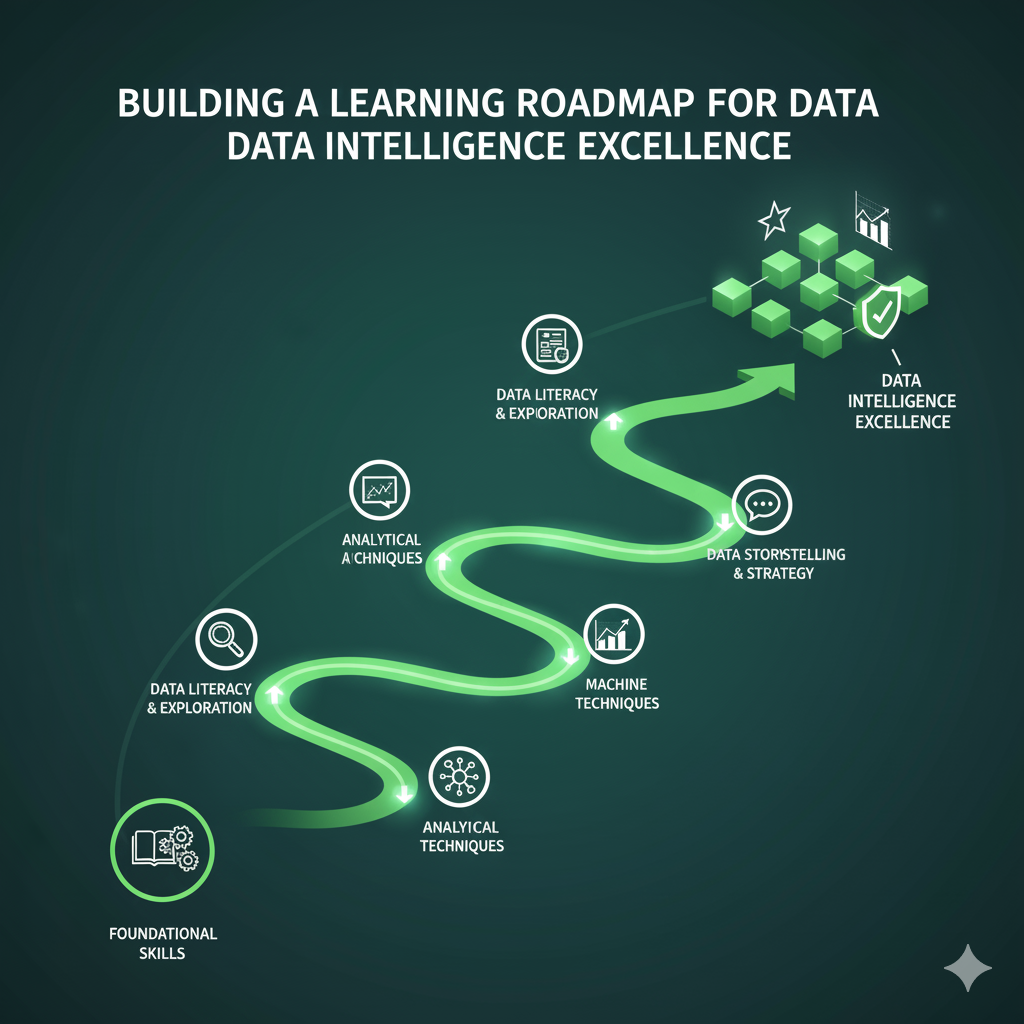
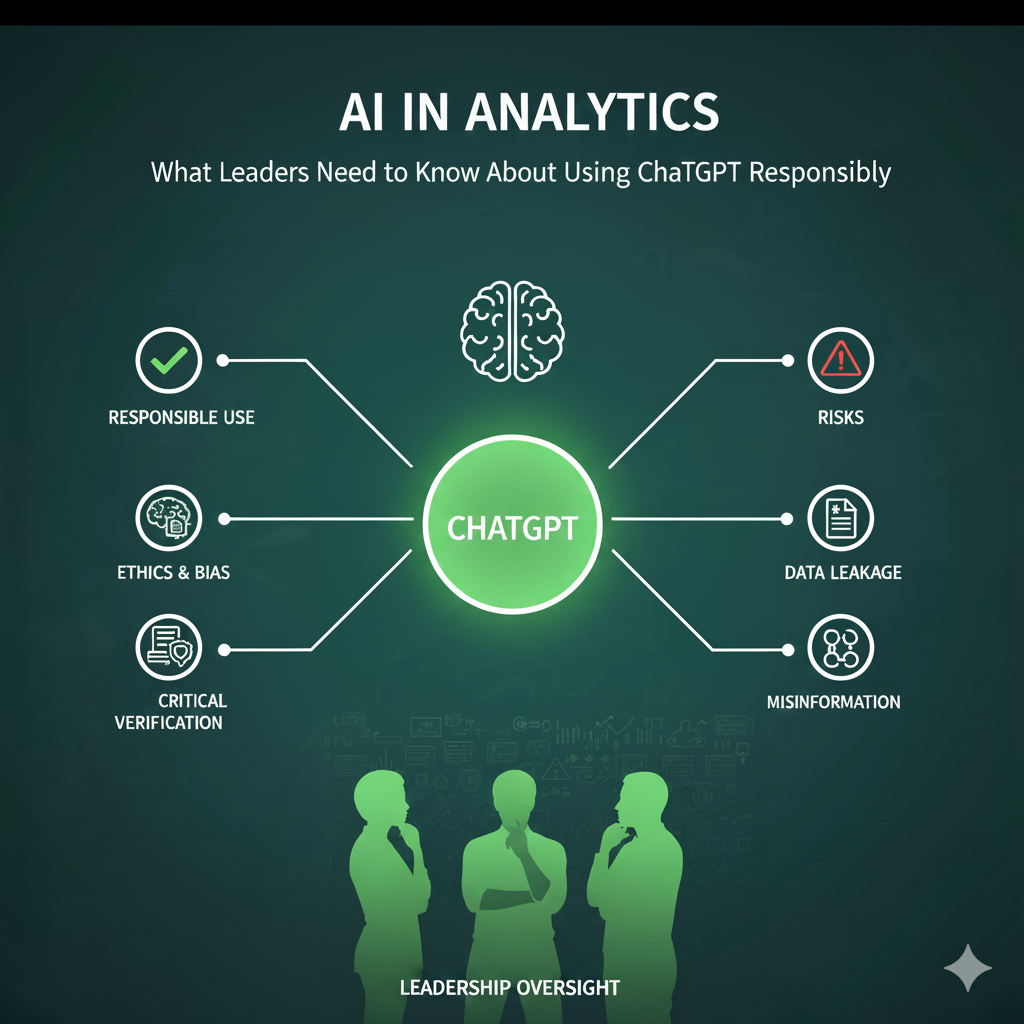
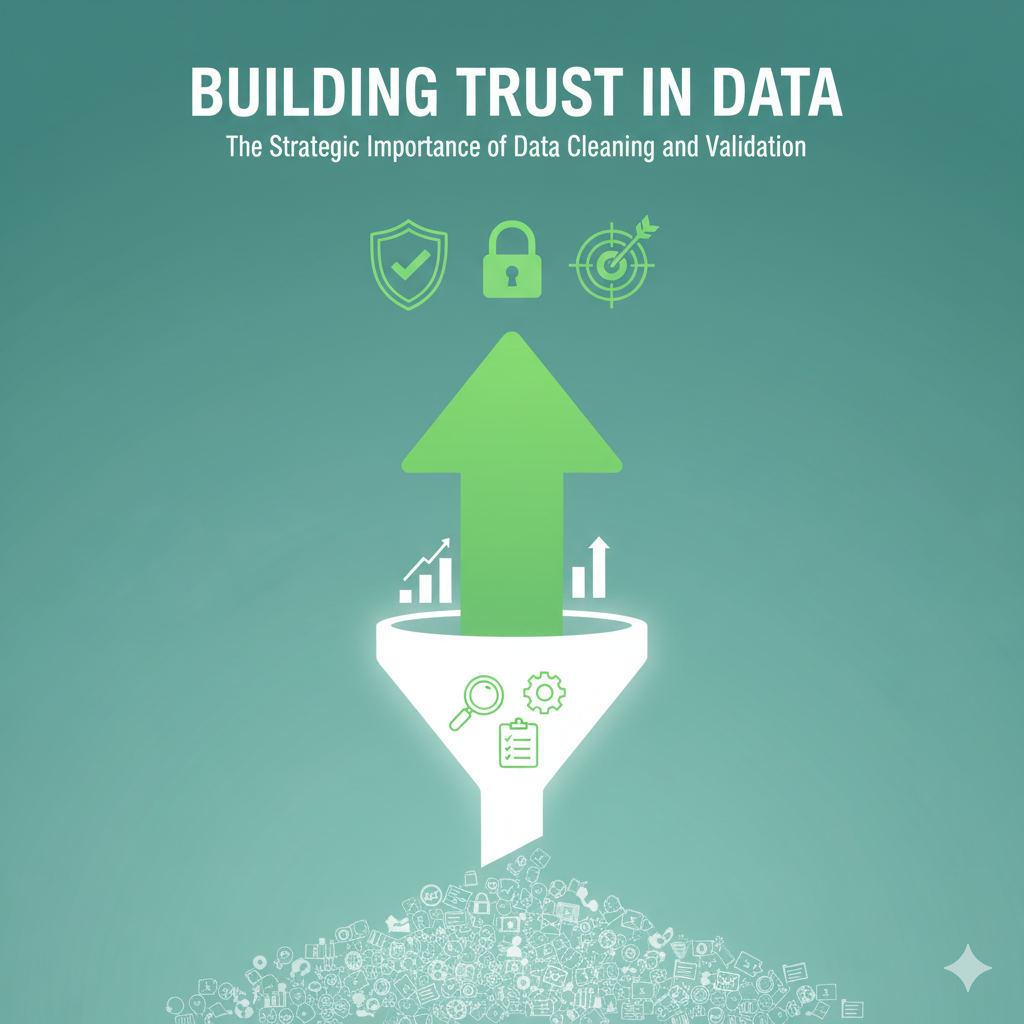
Responses